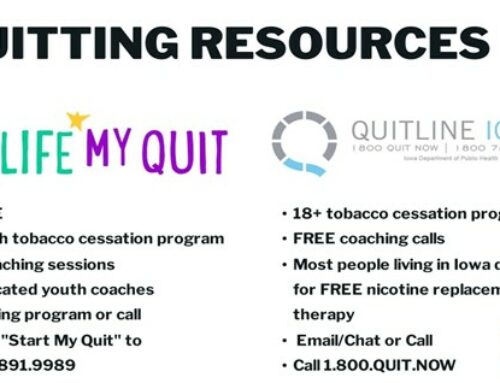Seasonal depression is a mood disorder that happens every year at the same time. In general, seasonal affective disorder starts in fall or winter and ends in spring or early summer. Seasonal affective disorder (SAD) may affect as many as 11 million people in the U.S. each year, and 25 million more may have a milder form called the winter blues.
spring or early summer. Seasonal affective disorder (SAD) may affect as many as 11 million people in the U.S. each year, and 25 million more may have a milder form called the winter blues.
While the exact causes of seasonal affective disorder are unknown, some scientists think that certain hormones made deep in the brain trigger attitude-related changes at certain times of year. Experts believe that seasonal affective disorder may be related to these hormonal changes. One theory is that less sunlight during fall and winter leads to the brain making less serotonin, a chemical linked to brain pathways that regulate mood. When nerve cell pathways in the brain that regulate mood don’t work the way they should, the result can be feelings of depression, along with symptoms of fatigue and weight gain.
SAD usually starts in young adulthood and is more common in women than men. Some people with SAD have mild symptoms and feel out of sorts or cranky. Others have worse symptoms that interfere with relationships and work. Because the lack of enough daylight during wintertime is related to SAD, it’s less often found in countries where there’s plenty of sunshine year-round.
Here are a few things to try to assist with seasonal affective disorder:
- Make your environment sunnier and brighter: Open blinds, trim tree branches that block sunlight or add skylights to your home. Sit closer to bright windows while at home or in the office when possible.
- Det outside: Take a long walk, eat lunch at a nearby park, or simply sit on a bench and soak up the sun. Even on cold or cloudy days, outdoor light can help – especially if you spend some time outside within two hours of getting up in the morning.
- Exercise regularly: Exercise and other type sof physical activity help relieve stress and anxiety, both of which can increase symptoms. Being more fit can make you feel better about yourself, too, which can lift our mood.
- Normalize sleep patterns: Schedule reliable times to wake up and go to bed each day. Especially for fall-winter-onset of SAD, reduce or eliminate napping and oversleeping.
- In addition to these self-care tips, feel free to reach out to local professionals who are available to help determine a treatment plan of action.






Leave A Comment
You must be logged in to post a comment.